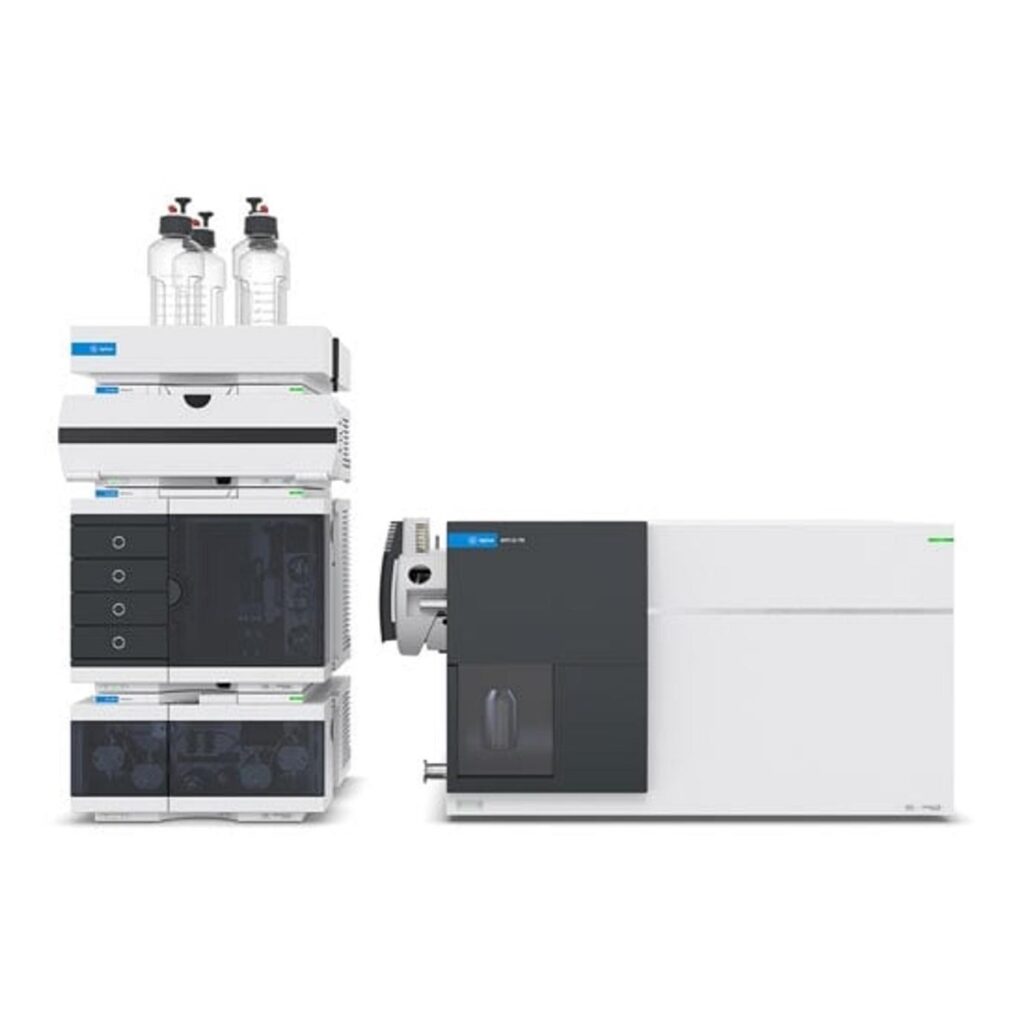
What Makes LC/MS/MS a Preferred Lab Instrument?
Modern lab equipment has been developed in response to the need for faster and more accurate analysis, especially in mass spectrometry (MS) and liquid chromatography (LC). The low detection limits, specificity, and selectivity of triple quadrupole mass spectrometers (LC/MS/MS) make them the ideal option.
Modern upgrades have improved automation, streamlined processes, raised uptime, and decreased maintenance, all of which promote lab productivity and economy. Jant Pharmacal Corporation offers several test equipment of Agilent 6400 series needed for analysis.
LC/MS/MS definition and its introduction
The first triple-mass spectrometer had a linear configuration of three quadrupoles, which was invented by J.D. Morrison of La Trobe University in Australia, Prof. Christie G. Enke, and his doctoral student Richard Yost at the time.
At Michigan State University, Enke and Yost constructed the first triple-quadrupole mass spectrometer for commercial use in 1978. In the 1980s, researchers discovered that the triple-quadrupole mass spectrometer could be used to investigate organic molecules and ions, hence enhancing its potential as a tandem mass spectrometry approach.
LC/MS/MS Before the sample components are sent to the MS, the analytical workflow begins with a liquid chromatography device (HPLC) that separates and concentrates the sample components.
In the mass spectrometer, all ions are filtered by quadrupole filter ions, where oscillating frequency and direct electric fields are used. For this reason, ions get separated based on their ratio of mass-to-charge.
In the triple quadrupole setup, the analyte molecular ions are isolated by the first quadrupole, the molecular ions are selected by the second quadrupole, and the ion fragments are selectively isolated by the third quadrupole for detection using a detector.
Technically speaking, an LC/MS/MS system is a tandem quadrupole mass analyzer even though it is referred to as a triple quadrupole instrument. While the second quadrupole serves as a collision cell, the first and third quadrupoles are mass analyzers.
This technique guarantees a strong and clear signal while producing more structural information, improved selectivity, and sensitivity.
Mass spectrometers with a single quadrupole are useful for analysts searching for a certain mass from a sample because they make it possible to select a mass from a pretty clean sample matrix.
To distinguish between molecules of the same mass or between analytes in a complex mixture or matrix, they need triple quadrupole equipment, though.
Applications
There are several applications of Liquid Chromatography Triple Quadrupole Mass Spectrometry (LC-MS/MS).
‘
They include:
- Chemical residue analysis
- Organic compound identification and confirmation
- Detection and quantification of trace levels of contamination or adulteration.
Traditional liquid chromatography is used in LC-MS/MS to separate chemical compounds. The analytes are then fed into a sequence of quadrupoles, where they ionize as the molecular ion fragments, and specific fragments are identified and measured.
More accurate identification analysis is possible when both fragment and molecular ions are determined, as opposed to just using molecular ions. The number of compounds that can be detected by LC-MS/MS can be increased by controlling the fragmentation voltage to encourage the fragmentation of more stable molecules
Final words
The annual Scientists’ Choice Awards honor laboratory products and manufacturers for their exceptional contributions to the industry. Scientists vote for their favorite products in various categories, with winners announced at scientific conferences.